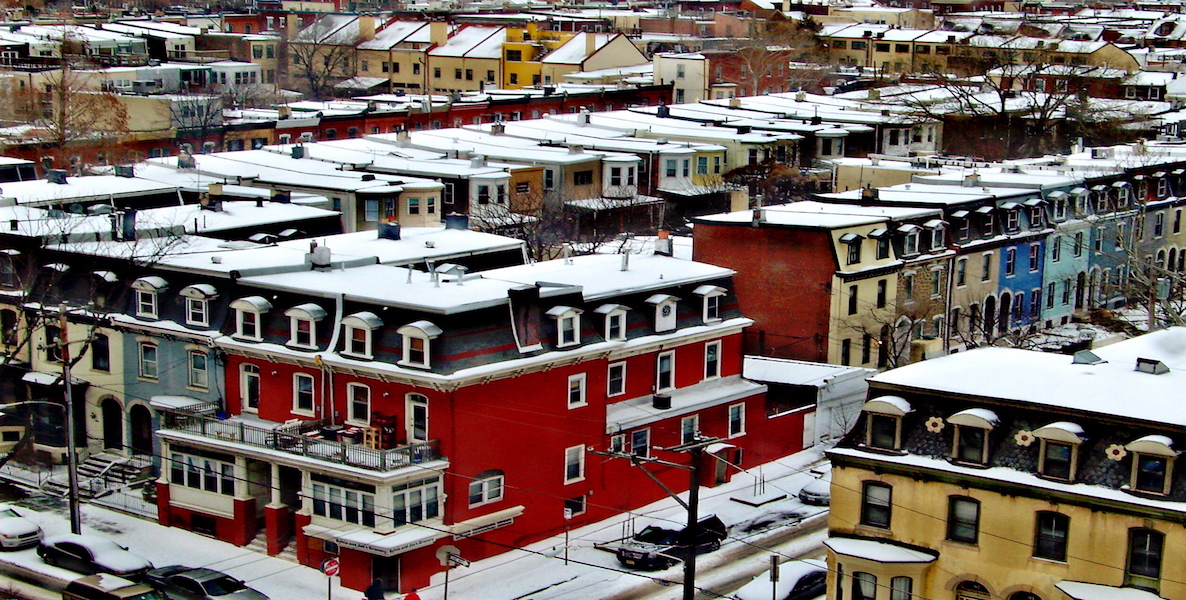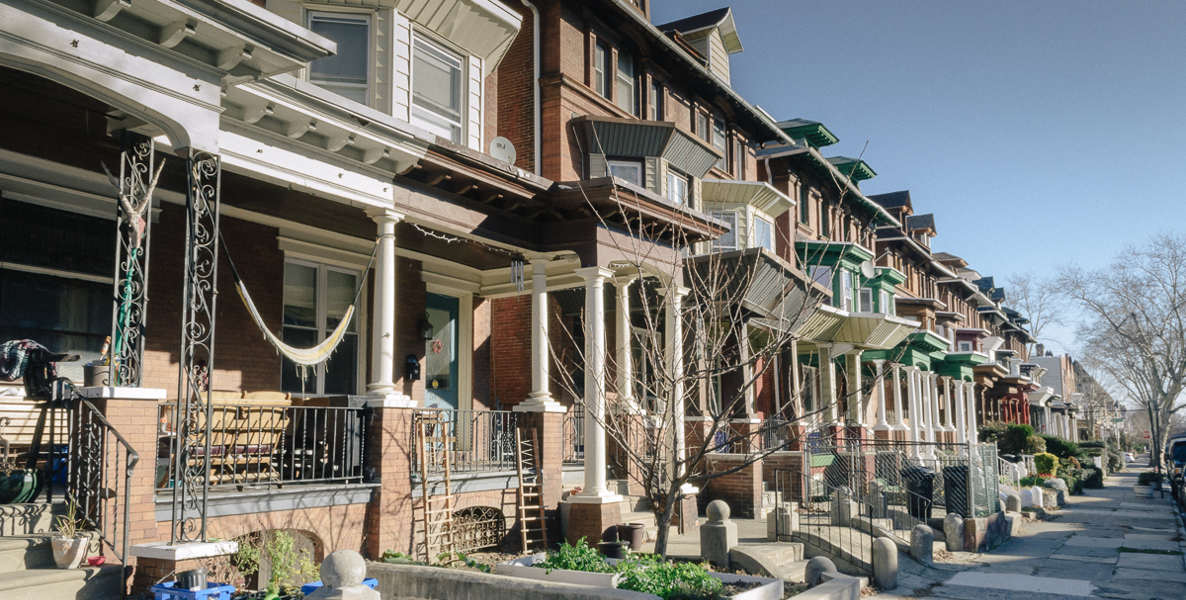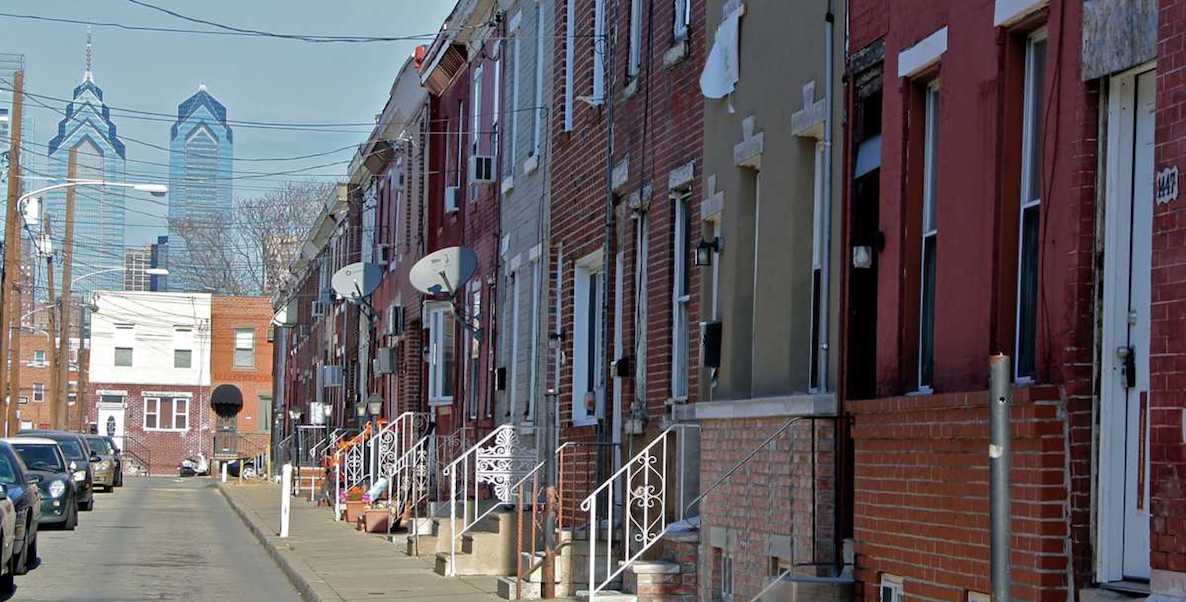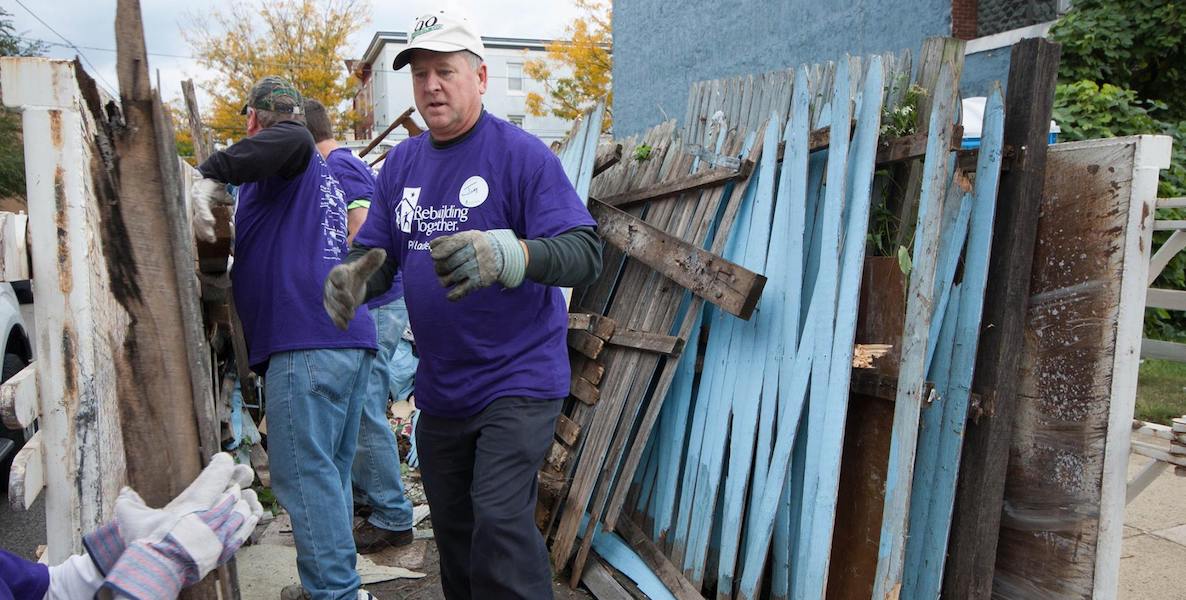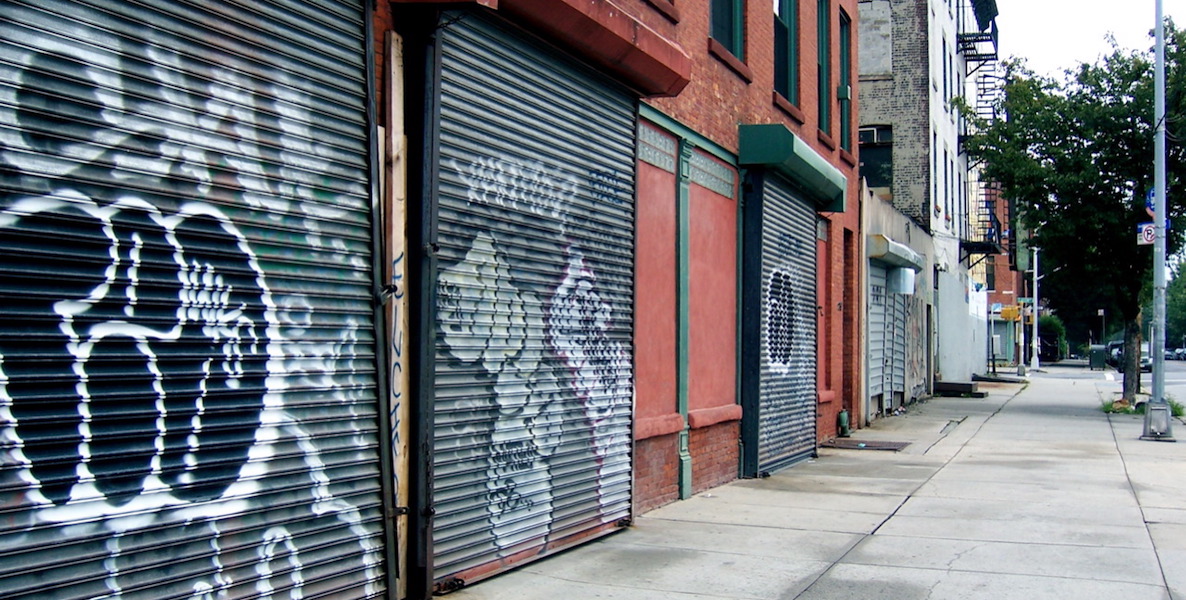As the House Ways and Means Committee and Senate Finance Committee try to pass tax reform, the debate in the media and in Congress is focused on how these packages will affect the average taxpayer. But the what-it-means-for-your-wallet analysis misses what these tax changes might mean for your community.
One of the most surprising elements of the tax reform plans has been their dueling visions of what to do with tax credit programs and bond financing that underpin the American community development sector.
Be Part of the Solution
Become a Citizen member.When the House committee unveiled its tax reform proposal, it called for eliminating the federal tax exemption of Private Activity Bonds (PAB), which underwrite many municipal economic development projects like hospitals and airports, but also affordable housing. It also called for getting rid of Historic Preservation Tax Credits which provide the subsidy often needed to adapt and reuse old buildings, and New Markets Tax Credits, which incentivize the construction of projects in low-income communities, including businesses, schools, supermarkets, food banks, and health clinics.
Some saw these tax changes as payback, and a purposeful attempt to stall development in Democrat-driven cities and solidly blue states, like California, which even Republicans note would be most damaged by the new tax law. After all, removing the tax exemption on PABs would make it much harder for municipalities to finance infrastructure improvements or maintenance, and eliminating the tax credit programs would greatly harm urban revitalization efforts.
![]() Meanwhile, the Senate counterproposal reinstated the Private Activity Bonds exemption, allowed New Markets Tax Credits to continue through their current authorization until 2019, and kept the historic tax credits, but reduced the amount of their subsidy. Because these bills are moving targets and subject to being changed, the Senate bill initially comes off as less drastic, but would still have a destructive impact.
Meanwhile, the Senate counterproposal reinstated the Private Activity Bonds exemption, allowed New Markets Tax Credits to continue through their current authorization until 2019, and kept the historic tax credits, but reduced the amount of their subsidy. Because these bills are moving targets and subject to being changed, the Senate bill initially comes off as less drastic, but would still have a destructive impact.
Both proposals are bent on reducing government incentives for the kind of local development that serves the public good or requires subsidy (in most cases, both). In Philadelphia, PABs have financed many municipal projects, as well as university infrastructure, and nationally account for 27 percent of all long term municipal debt. Historic tax credits have made possible over 277 projects since 2001, including the revitalization of the Divine Lorraine, Ortlieb’s brewery building, and the Wireworks in Old City. New Markets Tax Credits have been leveraged to generate over $1 billion in investment in projects located in low-income neighborhoods such as Paseo Verde, El Corazon Cultural Center, Pan American Academy Charter School, and Oxford Mills.
These tax proposals make clear that Congress is showing a willingness like never before to not just shirk, but consider abandoning its involvement in community development.
It should be noted that these tax credit programs were not created as some social welfare scheme. They were created by several Republican administrations as a way to incentivize private business to participate in projects that serve a public good. Prior to Ronald Reagan’s administration, government largely held the responsibility for investing in community development. Historic Tax Credits came about under Gerald Ford, and Low-Income Housing Tax Credits (which so far have gotten spared this round of cuts), were included in the last major tax reform effort in 1986 under Reagan and a Republican-controlled Congress.
A Republican-led Congress during Bill Clinton’s administration added New Markets Tax Credits to the mix, giving a small tax incentive to those who invest in low-income communities. These programs, along with Community Development Block Grants (CDBG), also created during Gerald Ford’s tenure to give local municipalities more control over how they use their federal funding, have contributed to urban revival and helped create the community development sector as we know it. Private Activity Bonds have been around since 1968, but Congress passed laws to limit the volume states and municipalities could issue in 1984 and 1986.
![]() These programs had their basis in reasonable ideas. CDBG was seen as a way of giving local government control over how to use federal funding. The tax credits legitimately have encouraged private businesses, banks, and other investors to get involved in urban development that they probably never would have participated in otherwise. Today’s tax proposals stand to eliminate this private sector involvement in misguided efforts toward government savings.
These programs had their basis in reasonable ideas. CDBG was seen as a way of giving local government control over how to use federal funding. The tax credits legitimately have encouraged private businesses, banks, and other investors to get involved in urban development that they probably never would have participated in otherwise. Today’s tax proposals stand to eliminate this private sector involvement in misguided efforts toward government savings.
Unlike these earlier efforts that replaced direct federal subsidies with public-private partnership programs, the currently proposed tax reform bills cut these programs and replace them with nothing. Prior efforts limited the volume of PABs; the current House Proposal would remove their tax exemption altogether, making them much less desirable and efficient. As a result, the current tax reform effort could take down a whole lot of economic activity, namely a major segment of the urban real estate development and infrastructure sector.
These tax proposals make clear that Congress is showing a willingness like never before to not just shirk, but consider abandoning its involvement in community development. Indeed, no one should be shocked by these tax proposals, given that practically every year, New Markets Tax Credits are on the Congress chopping block, only to get saved at the last minute. A note from the president of the National Trust for Historic Preservation penned months ago notes how, “Over the past few years, some tax overhaul plans drawn up in Congress have included a repeal of the historic tax credit.” Funding for CDBG has diminished by 80 percent since its peak in 1979, when compared in real dollars to its funding in 2015. While the proposed cuts may not all end up in this year’s tax reform plan, it seems more likely than ever that it’s just a matter of time.
With the federal government rolling back its support of urban development, perhaps, it’s time to start talking about other alternatives.
While no substitute for the historic tax credit, Philadelphia should consider more programs that incentivize homeowners to buy, restore or keep an old home in good repair. After all, the most affordable house in most cases is the house people already live in. While new construction and substantial rehabilitation get a 10-year tax abatement, homeowners who make more minor repairs to old homes (like fixing old roofs and buckling brick walls) get practically no support. Recent efforts like Councilman Clarke’s $100-million basic systems grants and new home repair loan program are a step in the right direction.
The greatest irony here is that infrastructure is one of the few areas where Trump has bipartisan support, and Trump himself used the historic tax credit even after he was elected president.
One additional step might be to swap the blunt homestead tax exemption, which reduces the taxable value of a home by $30,000, for tax credits that offset the cost of home improvements. This would create work for contractors while improving the overall value and livability of a home. Indeed, there are a lot of jobs in repairing homes, not just creating new ones.
Another strategy might be to strengthen Pennsylvania’s inadequate state historic tax credit program, and for Pennsylvania to follow the 14 states that have already created (and two others that have proposed) their own statewide New Markets tax credit programs. These programs can provide the needed stimulus to get development done and pay the state back in new job creation, property taxes and the economic value of revived urban spaces.
The greatest irony here is that infrastructure is one of the few areas where Trump has bipartisan support, and Trump himself used the historic tax credit even after he was elected president, for a tax subsidy worth as much as $32 million to develop his new hotel in D.C.’s Old Post Office building. He of all people should know sometimes you’ve got to spend money to make money. But with the federal government increasingly unwilling to incentivize urban development, state and local programs may end up being the best option we’ve got.
Header Photo: Flickr


